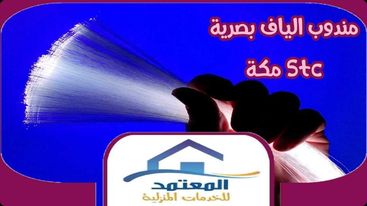Optical fiber is a long thin cylindrical fiber made from glass or plasticthat is that is as small as one tenth of the human hair. A typical optical fiber for Rowanb77c4.fireblogz.com/46203495/new-step-by-step-map-for-optical-fiber telecom comprises three cylindrical layers, counted from the inside out: fiber core (diameter 810um), cladding (diameter 130um) as well as buffer layer (diameter 900um).
 Fiber core and cladding is made from glass or silica. Fiber Core and Cladding layers work together to confine the light inside the core, without leaking. The fiber buffer coating is constructed of plastic or acrylic and gives handling flexibility and physical protection to the fiber.
Fiber core and cladding is made from glass or silica. Fiber Core and Cladding layers work together to confine the light inside the core, without leaking. The fiber buffer coating is constructed of plastic or acrylic and gives handling flexibility and physical protection to the fiber.
Optic fibers make use of an optical phenomenon known as internal reflection. When light is in the fiber from the end face, it is confined inside the core without leaking outside and losing its energy.
Then, light is digitally modulated to indicate 1 and 0 just like a computer, so data can be transmitted from one site to another, which could be located from San Francisco all the way to New York.
What are fiber optic connectors and what do they do?
Now you understand how optical fibers work. So what exactly is an optical connector and what is its purpose in the fiber optic network of telecommunications?
In simple terms The fiber optic connector’s purpose is just like an electric power source that connects light from one part of optical fiber with another segment of optical fiber.
Because optical fibers are tiny that fiber optic connectors need to be made with high precision, and at a size that is 0.1um, which equals one hundredth the human hair.
Fiber optic connectors connect two fibers end to end in a way that light can travel from one fiber into another without bounce off the interface , and thus losing its signal.
Besides, fiber optic connectors provide cross connect flexibility to the telecommunication network. So a complicated computer network can be modularized and manageable.
Similar to other connectors utilized in the electronic industry, electric industry, and computer industry, numerous types and types of connectors for fiber optics were created in the course of development of the fiber optic communication industry. Certain types were once very popular in the industry but have now been used for a variety of purposes, but are now disappearing.
The most widely used fiber optic connectors in use today include SC, ST, LC, FC, MTRJ, SMA as well as a few others that are less well-known. There are certain to be new connectors being developed as a result of the progress of this industry.